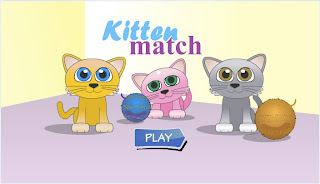Beckman activity manuel pg 8
Representing decimals as lengths
Manipulatives to help students understand decimals and negative numbers
Decimals
- Money
- Base 10 blocks
- The big cube is 1, the square is .10, strip of 10 ones is .01, and one tiny cube is .001
- Strips
- Fraction circles
- Number lines
- Adapted base ten system
Base 10 activity (Van de Wall pg 333)
Activity 17.2
Decimals/fraction
Percent - the term percent comes from per centan which mean "of 100". So a percent is of 100, it is a decimal. It is the hundredths spot in a decimal. When the denominator is 100, it is a percent.
If a student has mastered decimals and fractons, you can teach them percents in a day. They will pick up this concept fast.
 |
| My Groups example of finding 15% or |
 |
| Two other group examples of how to use a model to find 15% increase of $90 |
 |
| 3 column model. Steve took the $90 and broke it into 10 increments of 9, and divided one of the 9s in half, so he took 1 9 and the half (4.5) and the increase is 13.5 |
Realistic Percent Problems
- Realistic percent problems are still the best way to assess a student's understanding of percent. Students can relate and gain a better understanding if they are solving a problem they relate to.
- Don't give students strategies when they are learning to solve percents. Students will have to think deeper about what a percent is, and often times they will relate percents back to fractions and decimals.
- We need to teach our students how to think for themselves.
Beckman Hardcover pg 84 #1





















































